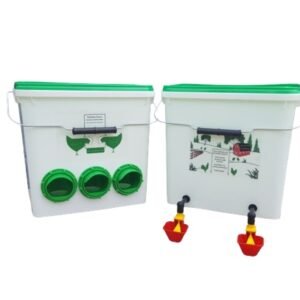Gapeworm (Syngamus trachea) is a parasitic nematode that infects the trachea of birds, causing respiratory distress. The name comes from the characteristic “gaping” behavior as birds attempt to breathe.
SYMPTOMS
CAUSES
PREVENTION
TREATMENT
Symptoms
- Common in All Poultry:
- Gasping with stretched neck (“gaping”)
- Coughing and head-shaking
- Difficulty breathing
- Weight loss
- Reduced growth
- Death in severe cases
- Specific Manifestations:
- Chickens:
- Most susceptible at 2-12 weeks
- Severe respiratory distress
- Reduced growth rate
- Turkeys:
- Higher susceptibility than chickens
- More severe symptoms
- Higher mortality rates
- Chickens:
Causes
- Parasite Lifecycle:
- Direct lifecycle through infected birds
- Indirect through transport hosts (earthworms, slugs)
- Eggs passed in feces
- Infective larvae develop in soil
- Transmission Routes:
- Ingestion of infected earthworms
- Direct ingestion of eggs/larvae
- Contaminated soil/water
- Transport hosts
Prevention
- Environmental Management:
- Regular pasture rotation
- Proper drainage
- Keeping grass short
- Limiting access to wet areas
- Biosecurity:
- Regular cleaning/disinfection
- Control of transport hosts
- Separate young from adult birds
- Clean water sources
Treatment Options
- Medical Treatment:
- Anthelmintic medications
- Fenbendazole
- Levamisole
- Ivermectin
- Supportive Care:
- Good nutrition
- Clean environment
- Stress reduction
- Regular monitoring
Key Management Points:
- Regular deworming program
- Environmental control
- Monitoring young birds
- Quick intervention when symptoms appear
Note: Treatment success depends on early detection and proper medication administration. Prevention through good management is key to control.


